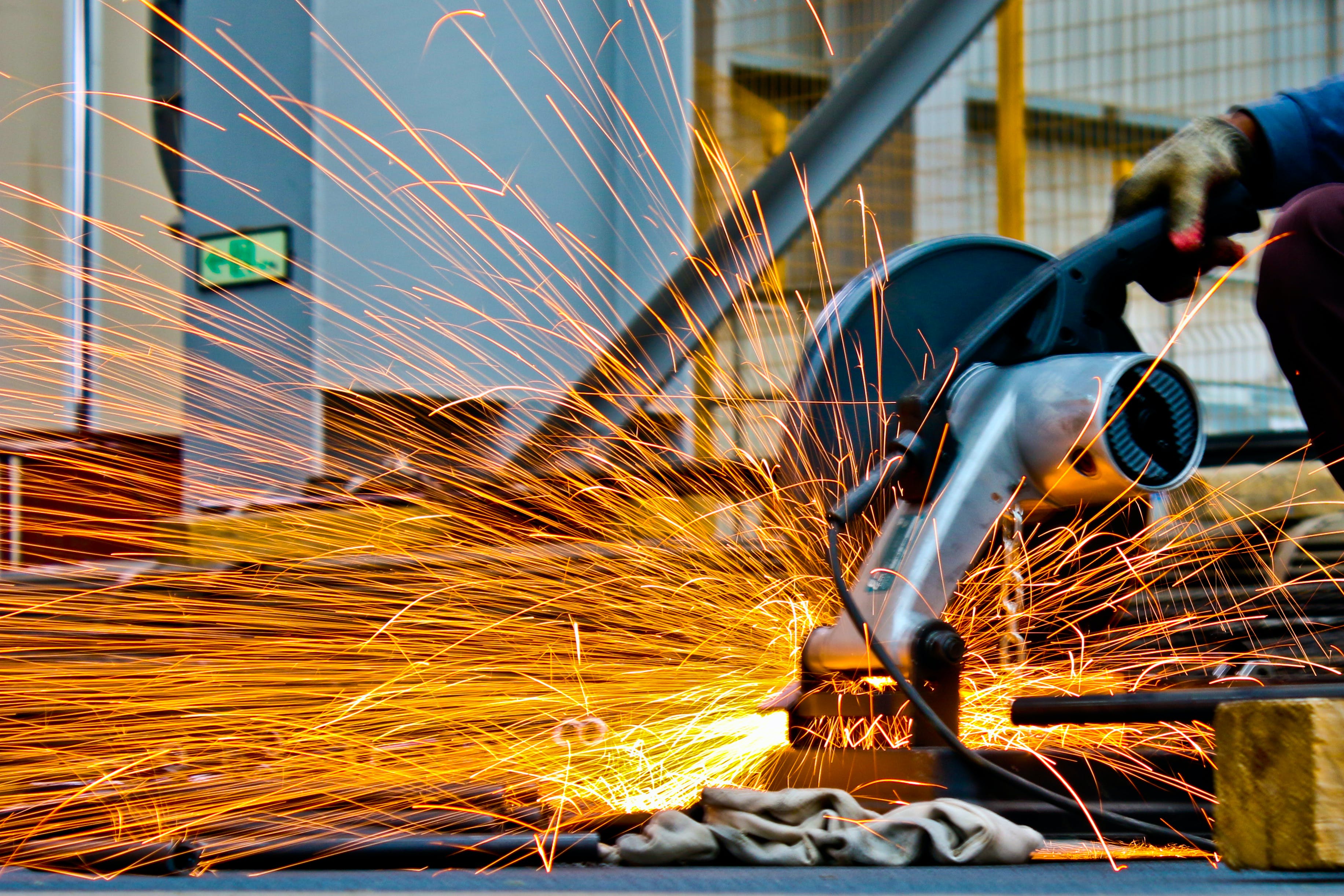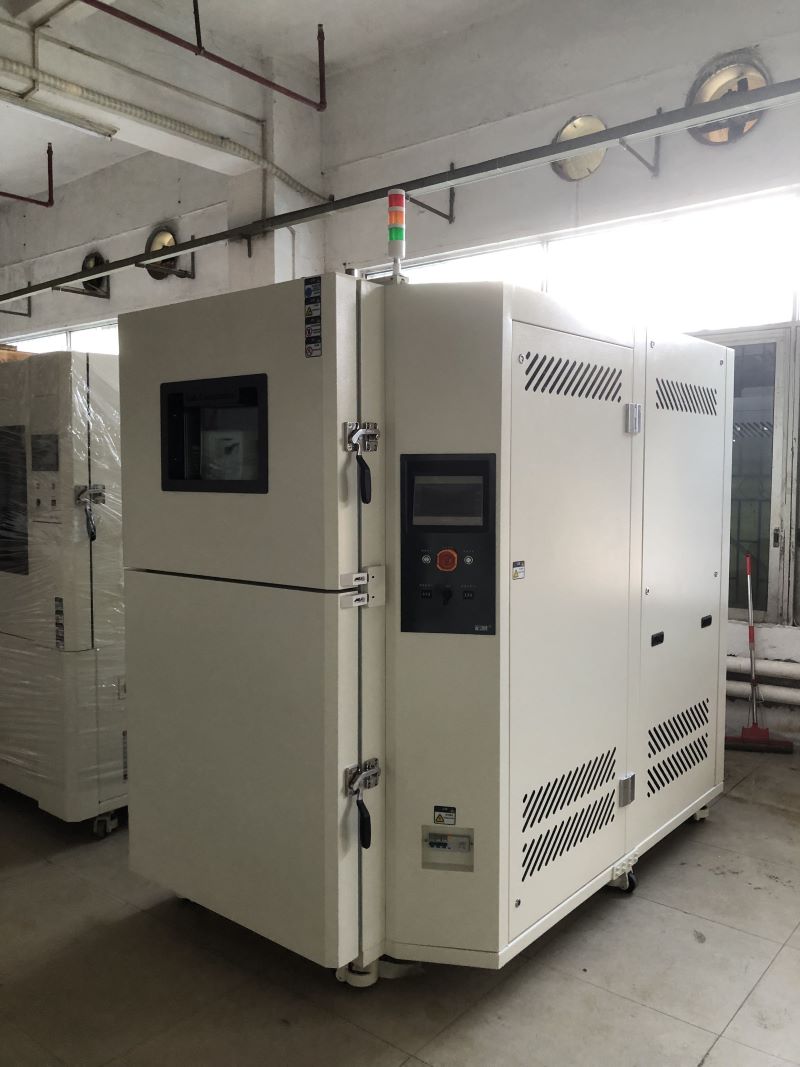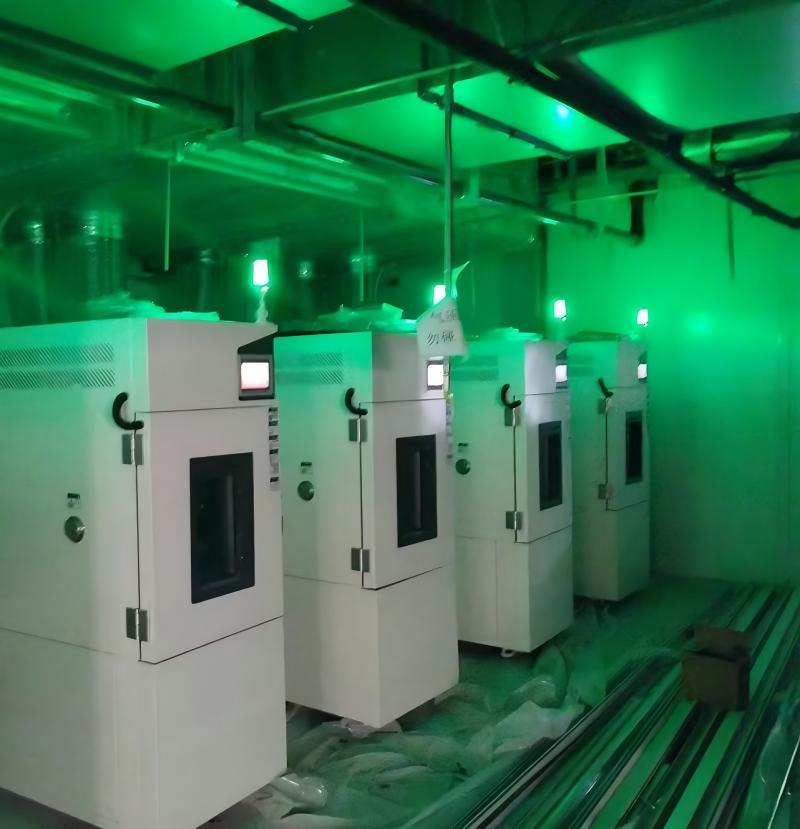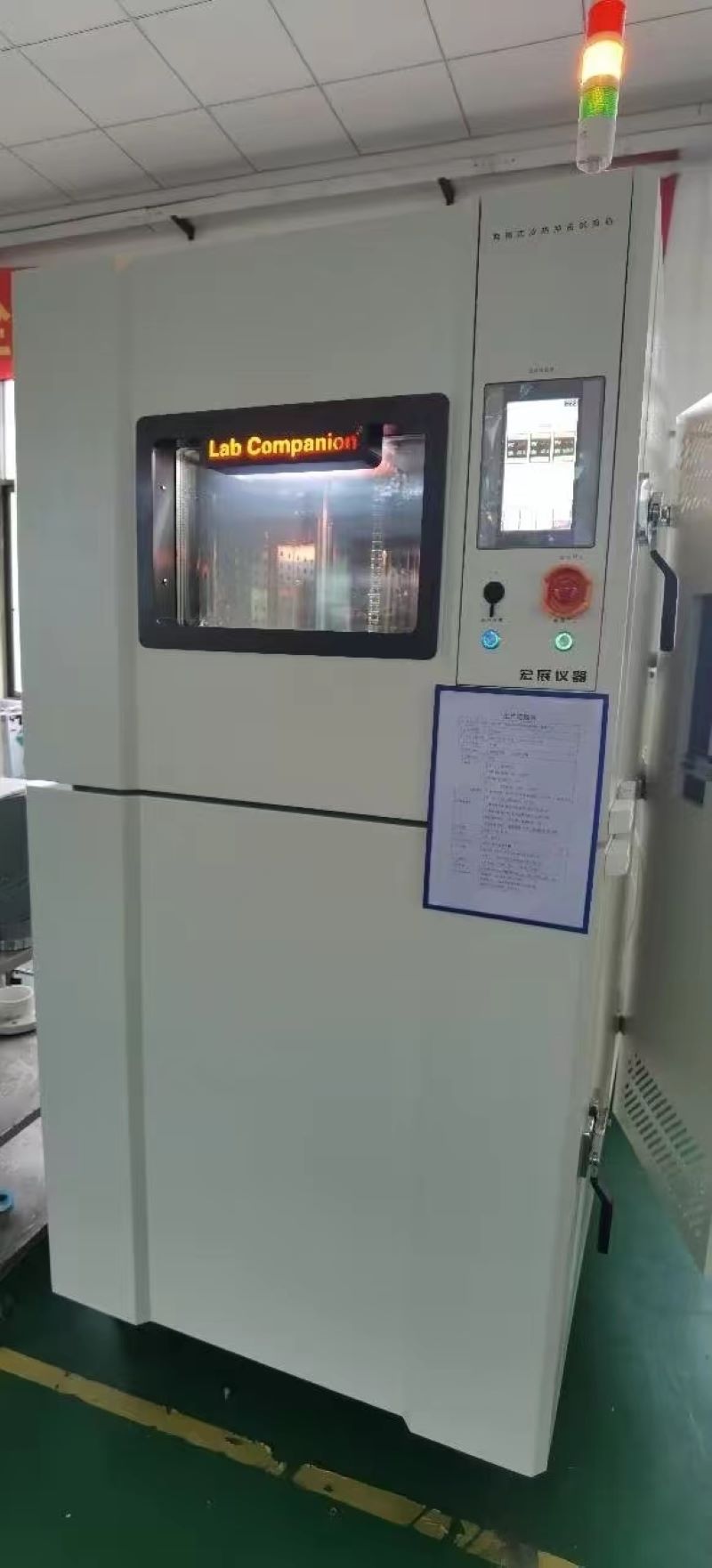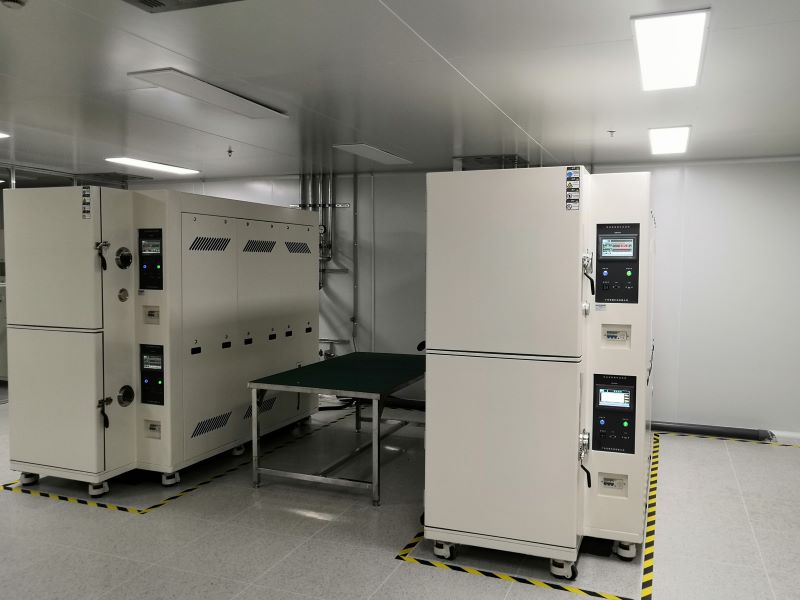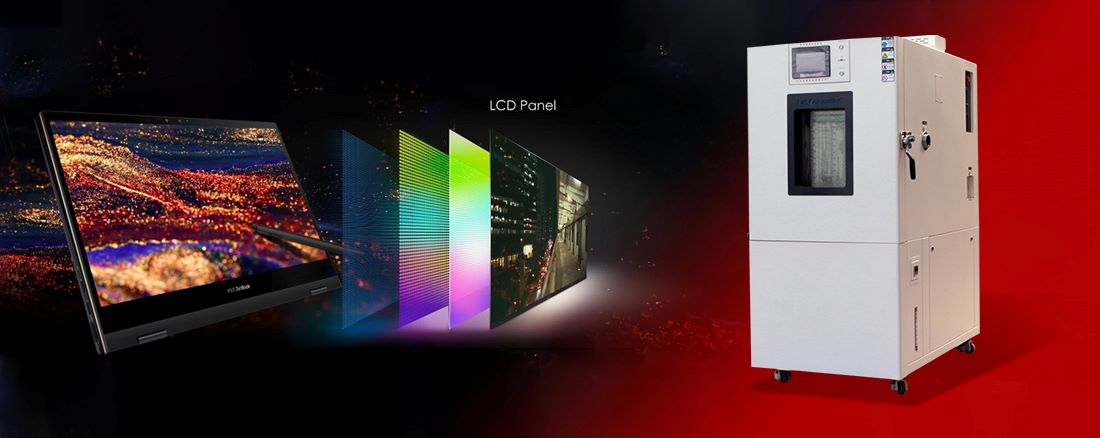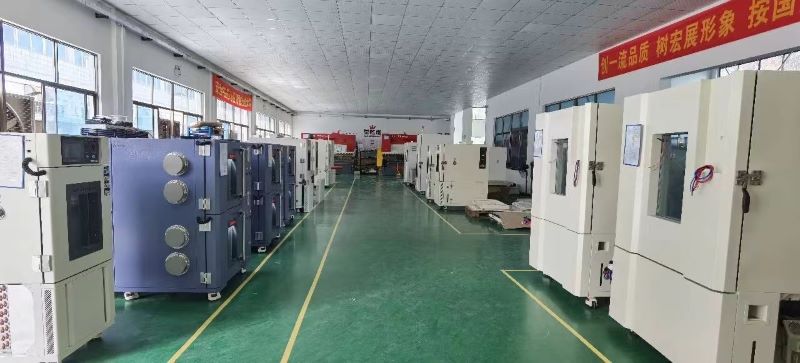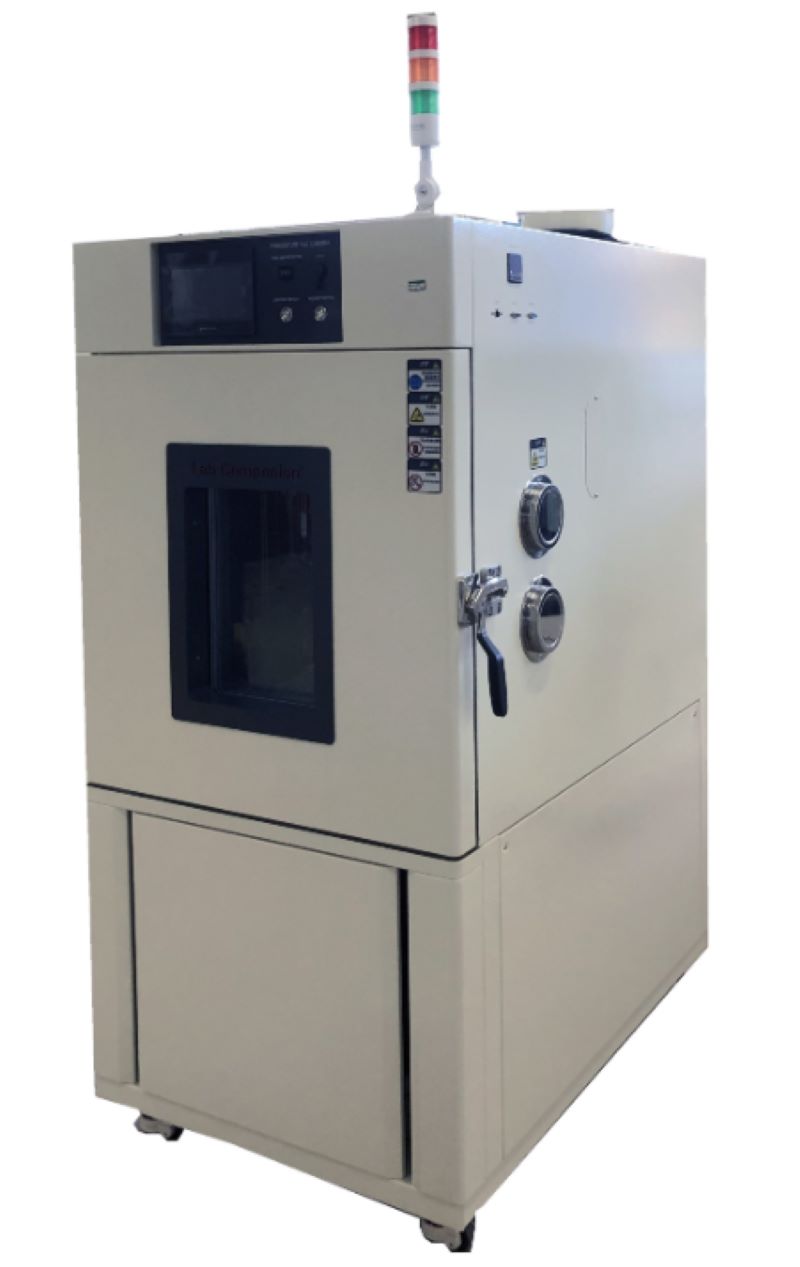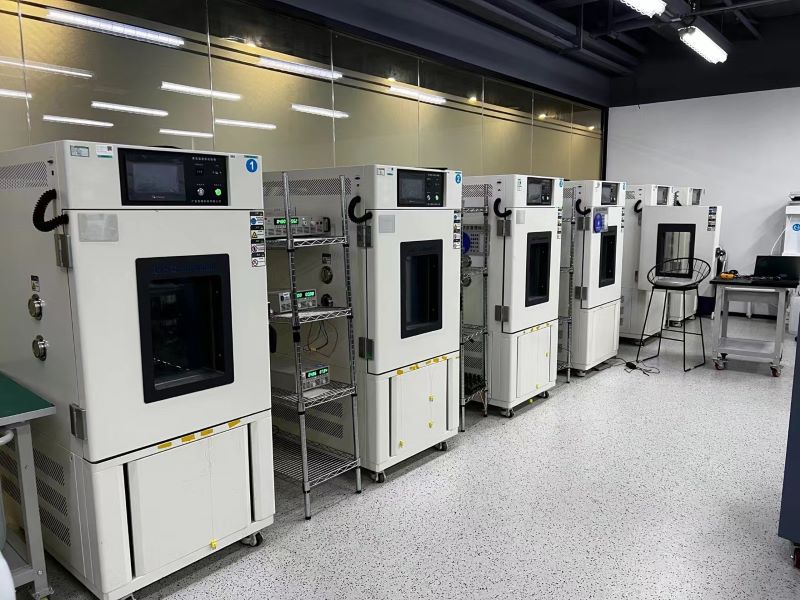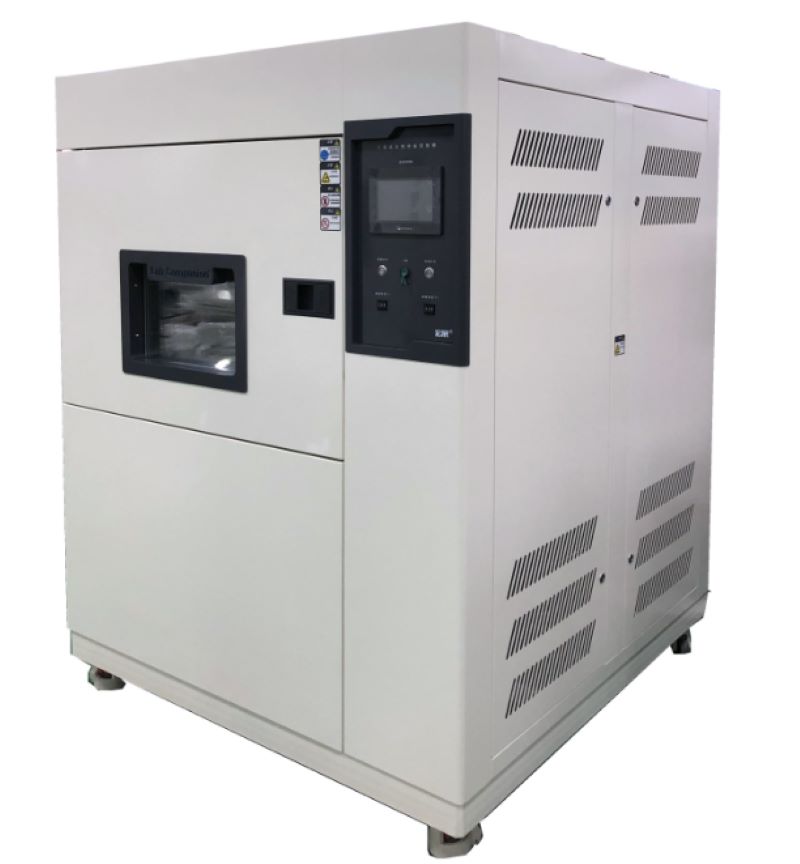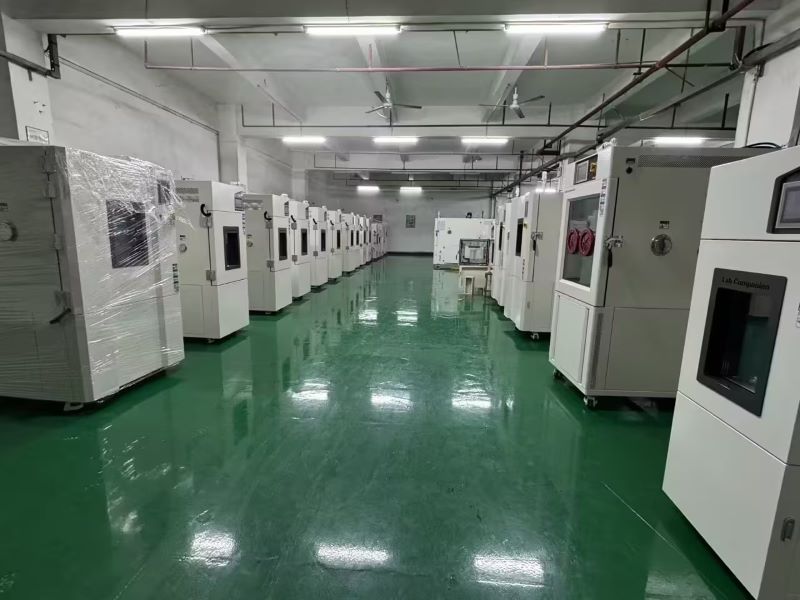Construction and System Software of Two-zone Thermal Shock Test Chamber
Construction of Two-zone Thermal Shock Test Chamber:
1, Construction mode of environmental test chamber:
Environmental test chamber is composed of a high temperature test chamber located at the upper end, a low temperature test chamber located below, a freezer cabinet located at the back and a home appliance control chamber (system software) located on the right. In this way, the shell occupies a small area, compact structure, beautiful appearance design, the freezer unit is placed in a separate generator chamber body, in order to reduce the vibration and noise of the freezer unit operation on the environmental test chamber harm, in addition to the installation and maintenance of the generator set, the household appliance operation panel is placed on the right panel of the environmental test chamber to facilitate the operation of the actual operation;
2, Shell surface raw materials: cold-rolled plate, surface electrostatic powder spraying solution;
3, The shell cavity raw materials: imported stainless steel plate (SUS304);
4, Thermal insulation material: heat resistant hard plastic polyamine ester foam + foam glass plate;
5, The door: single door, equipped with double silicone rubber sealing and sealing rubber strip heating equipment, under the self-limiting temperature heating zone, to avoid the experiment essence and frost;
6, Test rack: move up and down left and right sliding type stainless steel plate test rack. The pneumatic double-effect cylinder shows a stable and symmetrical driving force. The positioning device of the test rack uses an electromagnetic field triggered limit switch;
7, Cable wire installation hole: the upper end of the test rack and the top of the high temperature test chamber is provided with a telescopic cable threading tube.
Air conditioning system software of two-zone thermal shock test chamber:
1, Gas control method: forced circulation system natural ventilation, balanced temperature control method (BTC). The method refers to the refrigeration unit in the continuous operation of the condition, the automatic control system according to the temperature point set according to the PID automatic and operational output results to manipulate the electric heater's heart output, the ultimate UI will exceed this stable balance.
2, Gas circulation system equipment: embedded central air conditioning room, air supply mode channel and stainless steel plate short-axis exhaust fan, the application of refrigeration unit and kinetic energy adjustment system software, according to the exhaust fan to carry out a reasonable heat exchanger, more than the purpose of maintaining temperature change. According to the improved air flow of the gas, the total gas flow and the working capacity of the heat exchanger with the electric heater and the surface cooler are improved.
3, Evaporative cooling method: fin type air heat exchanger.
4. Gas heating method: select nickel-chromium wire electric heater.
